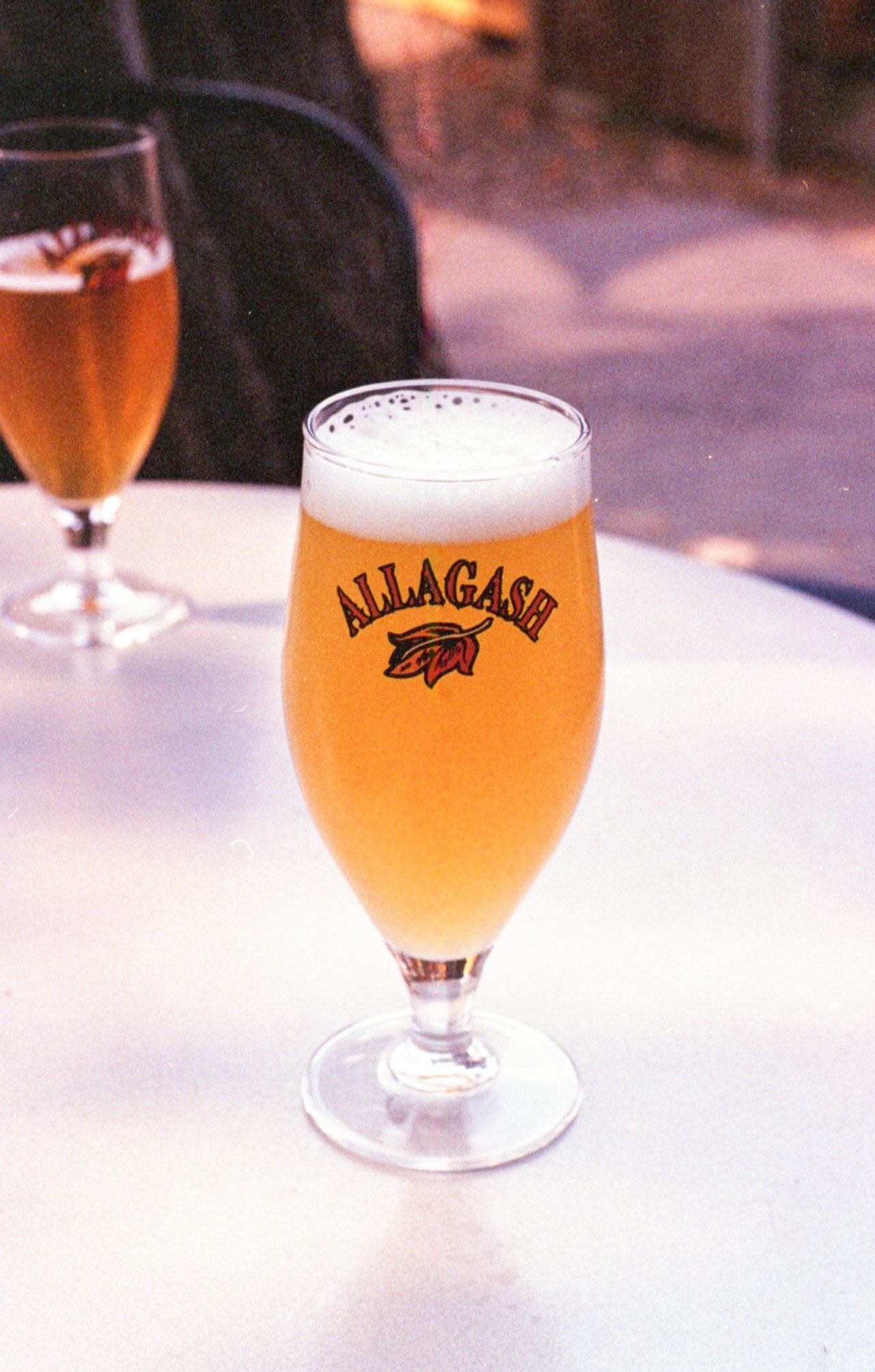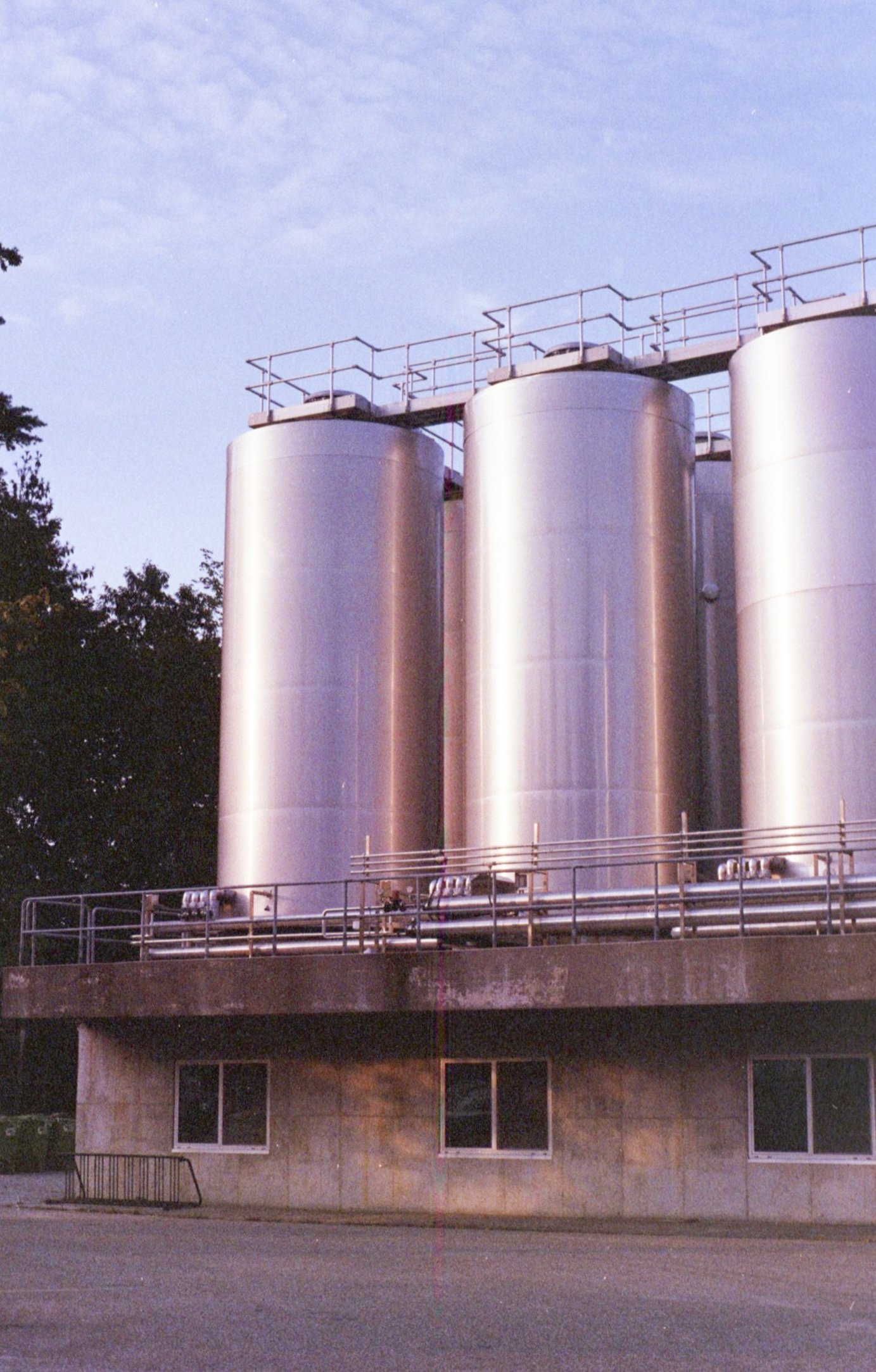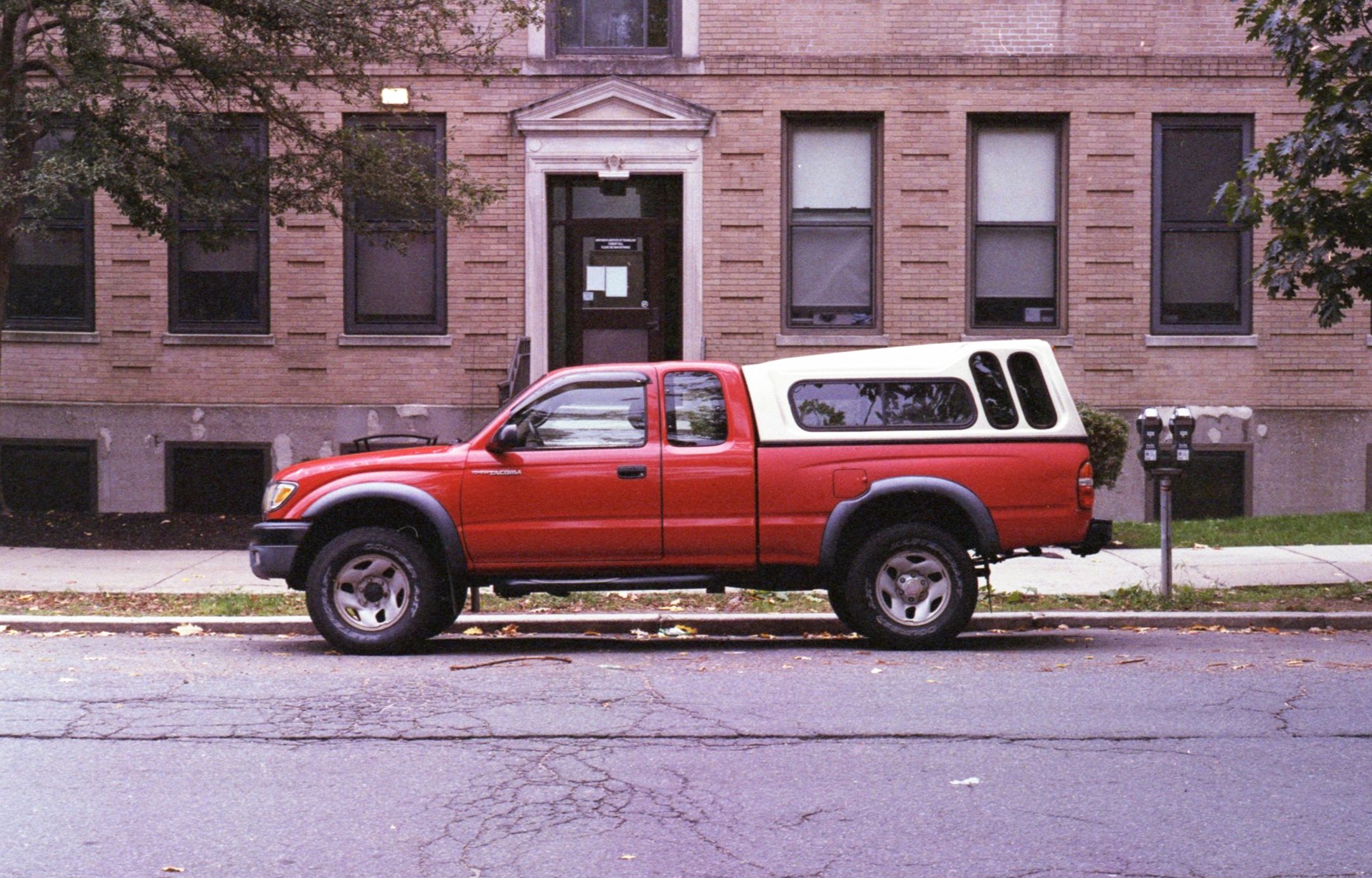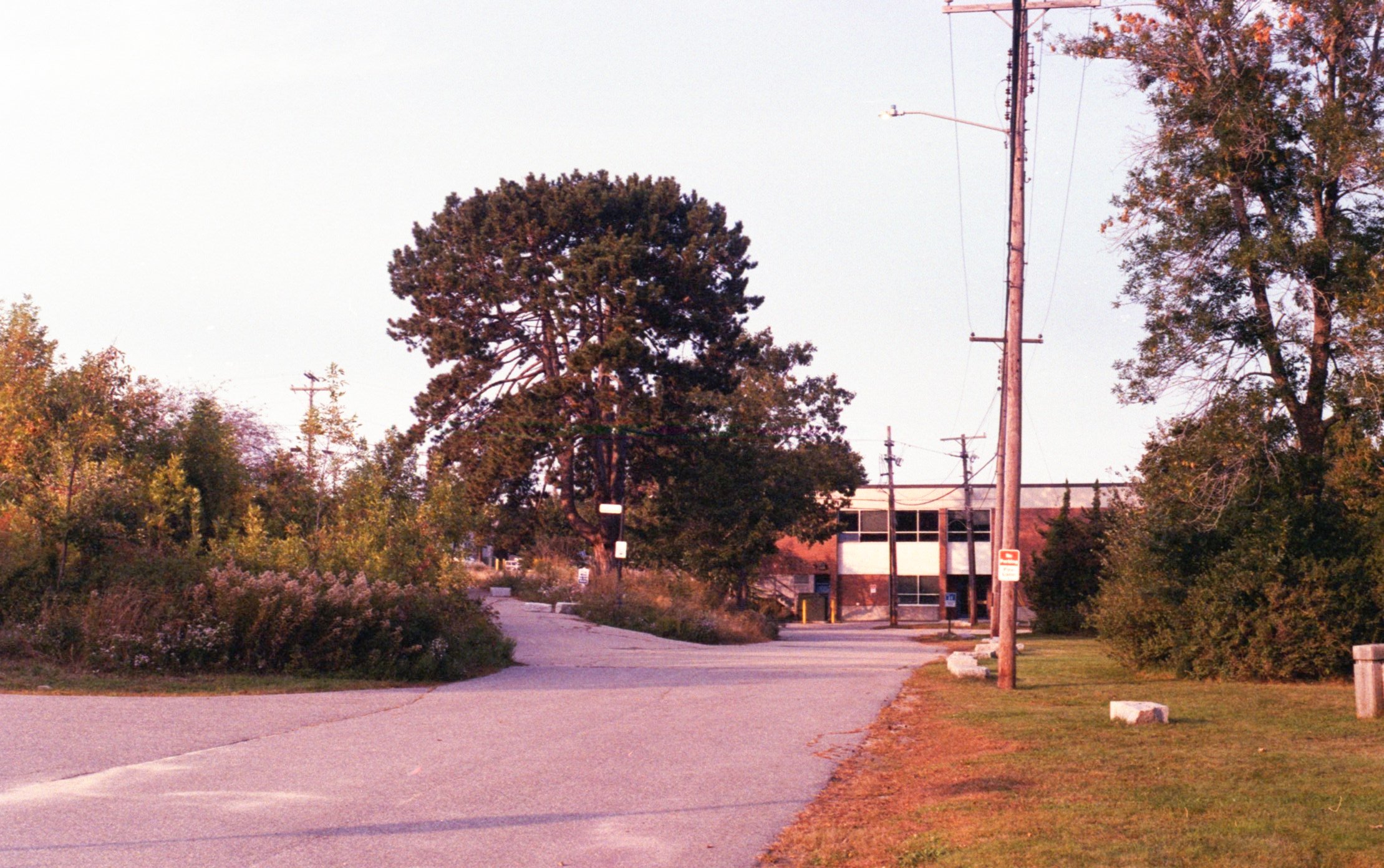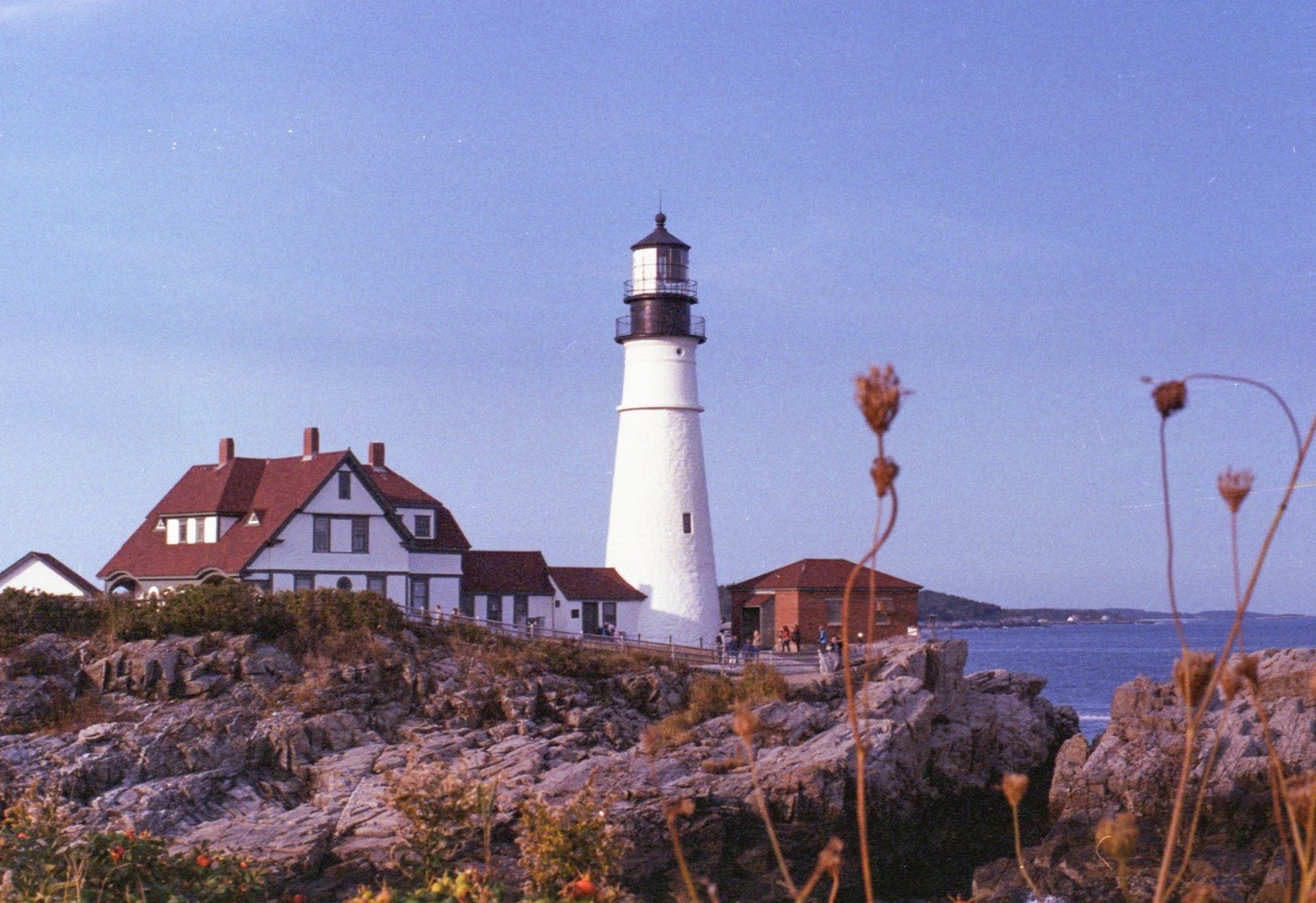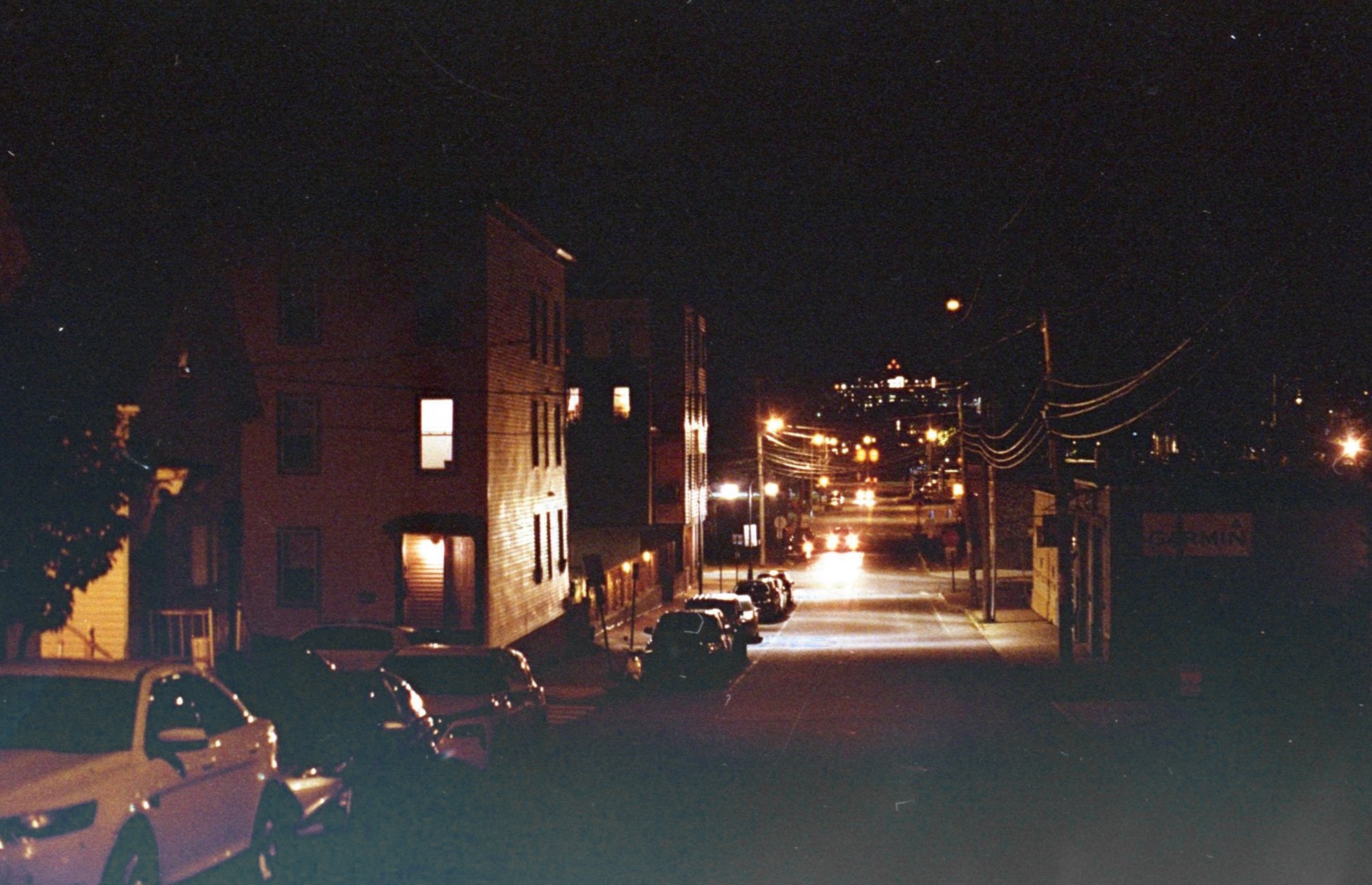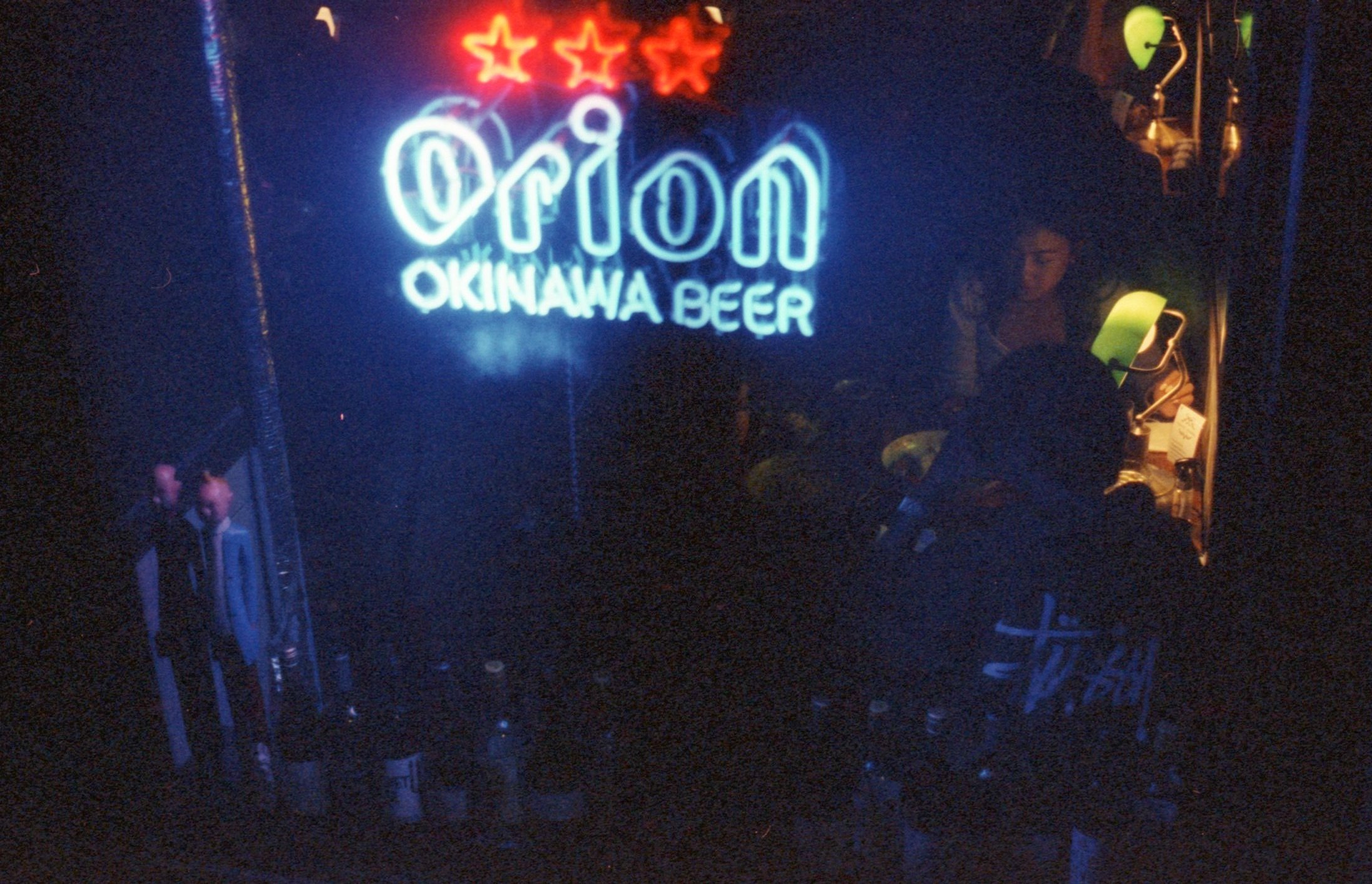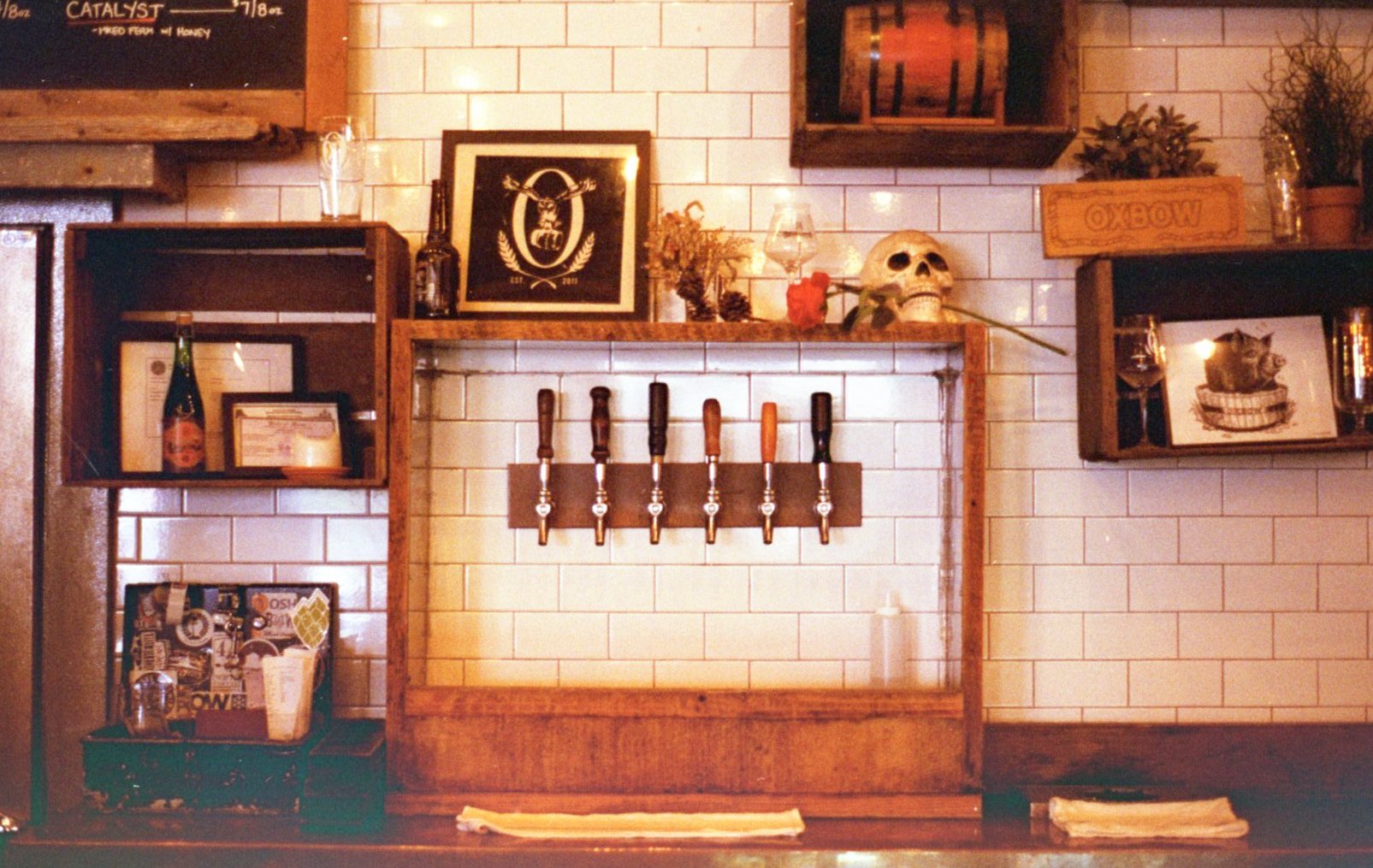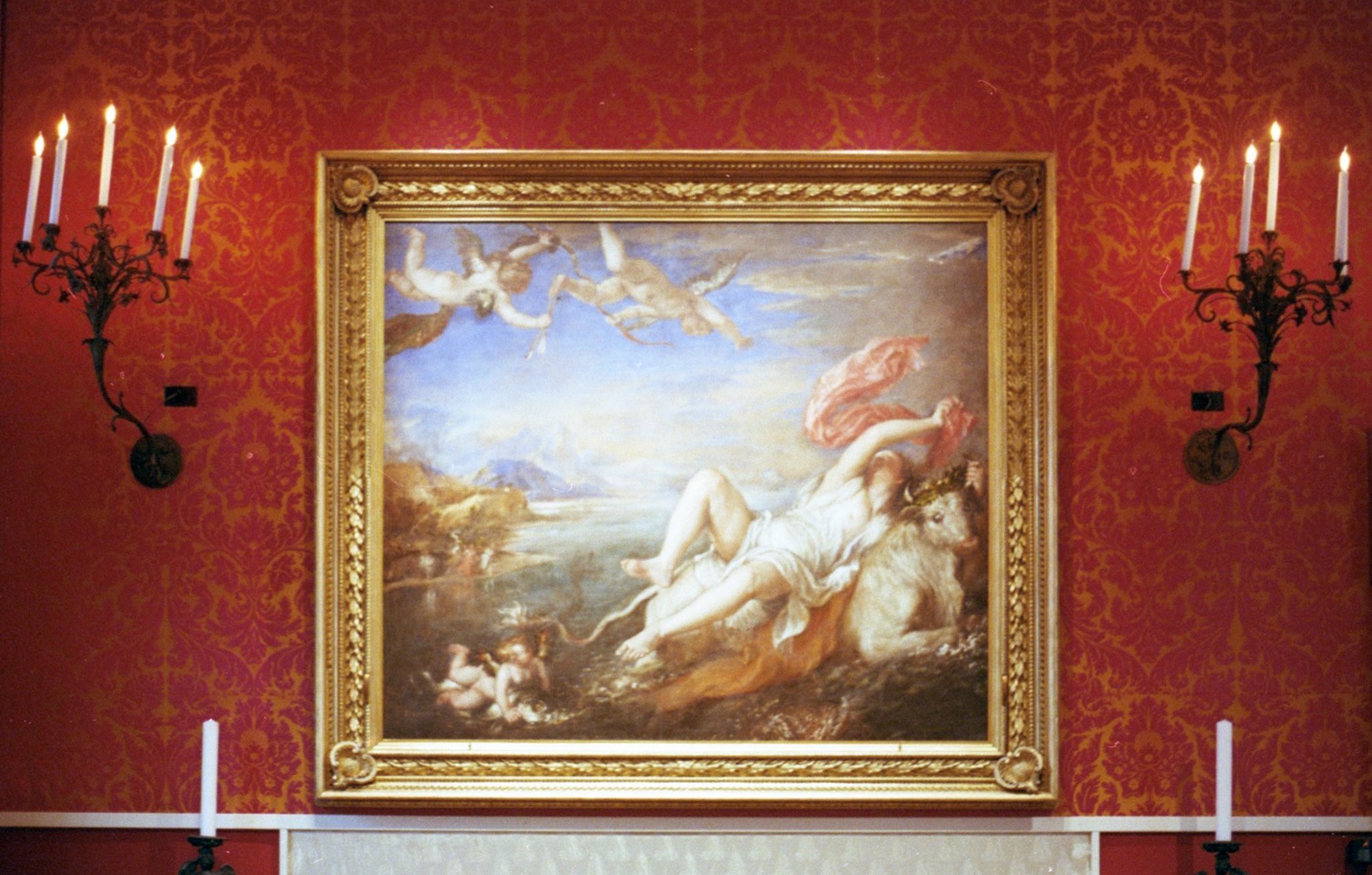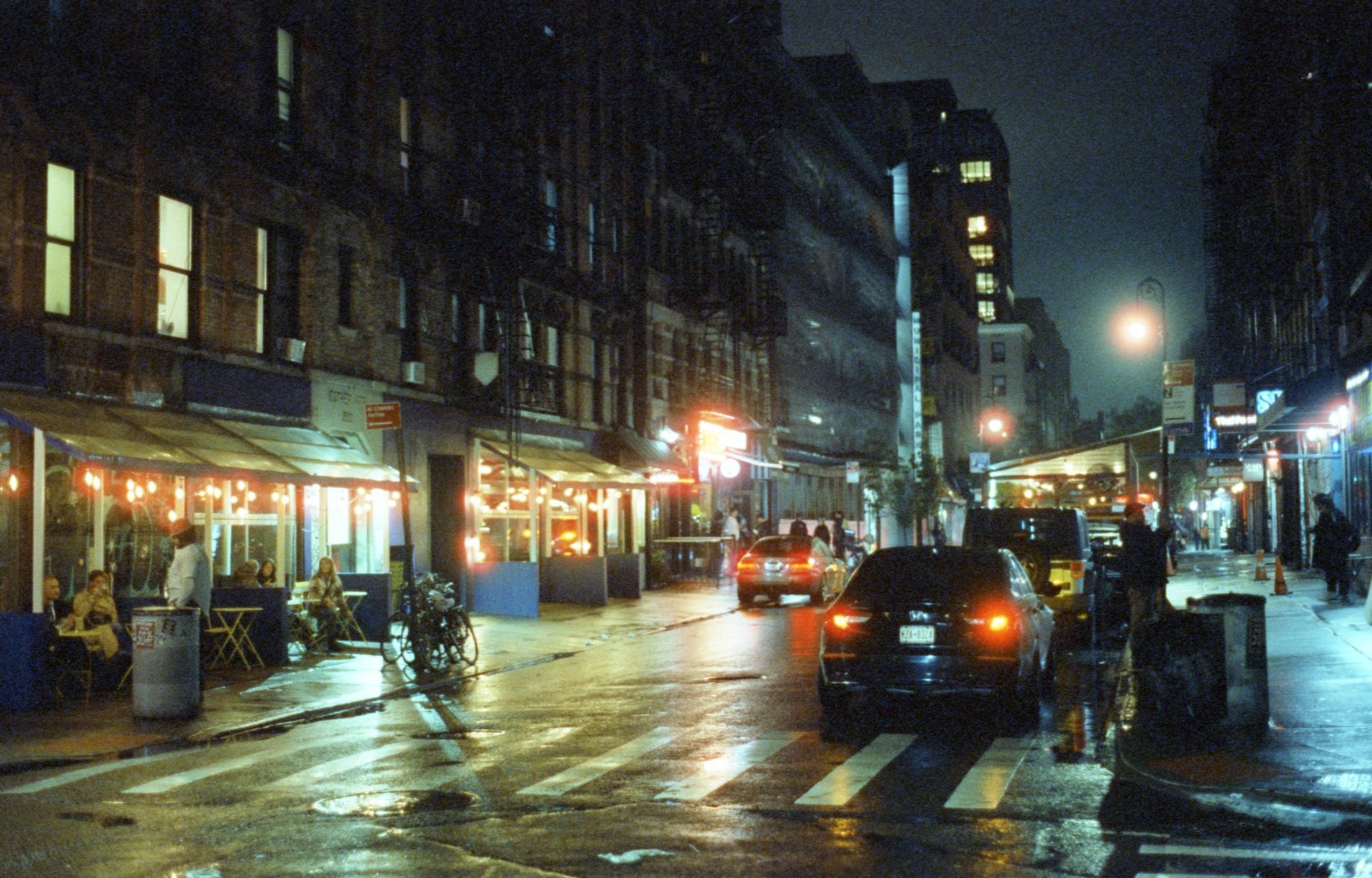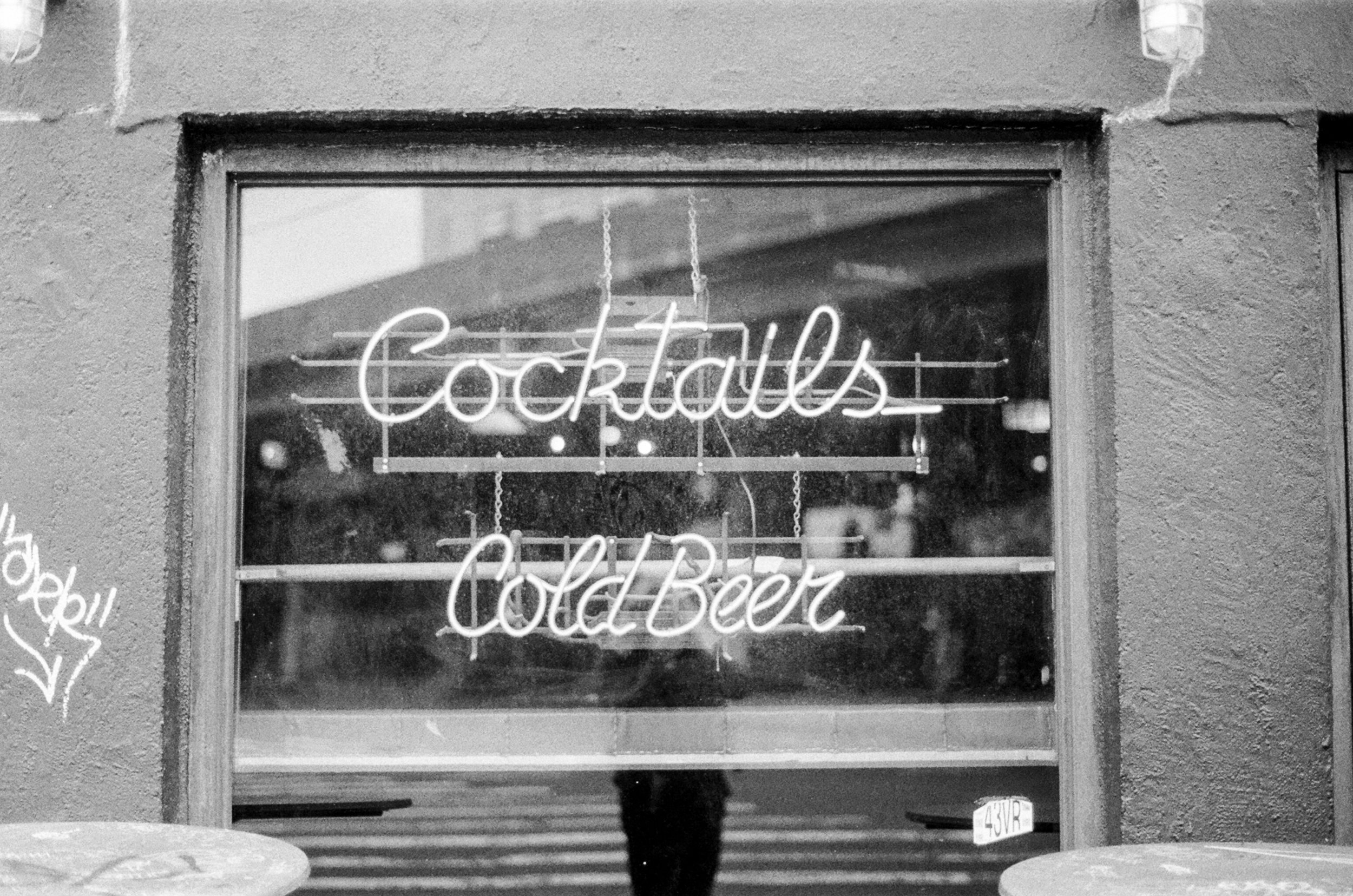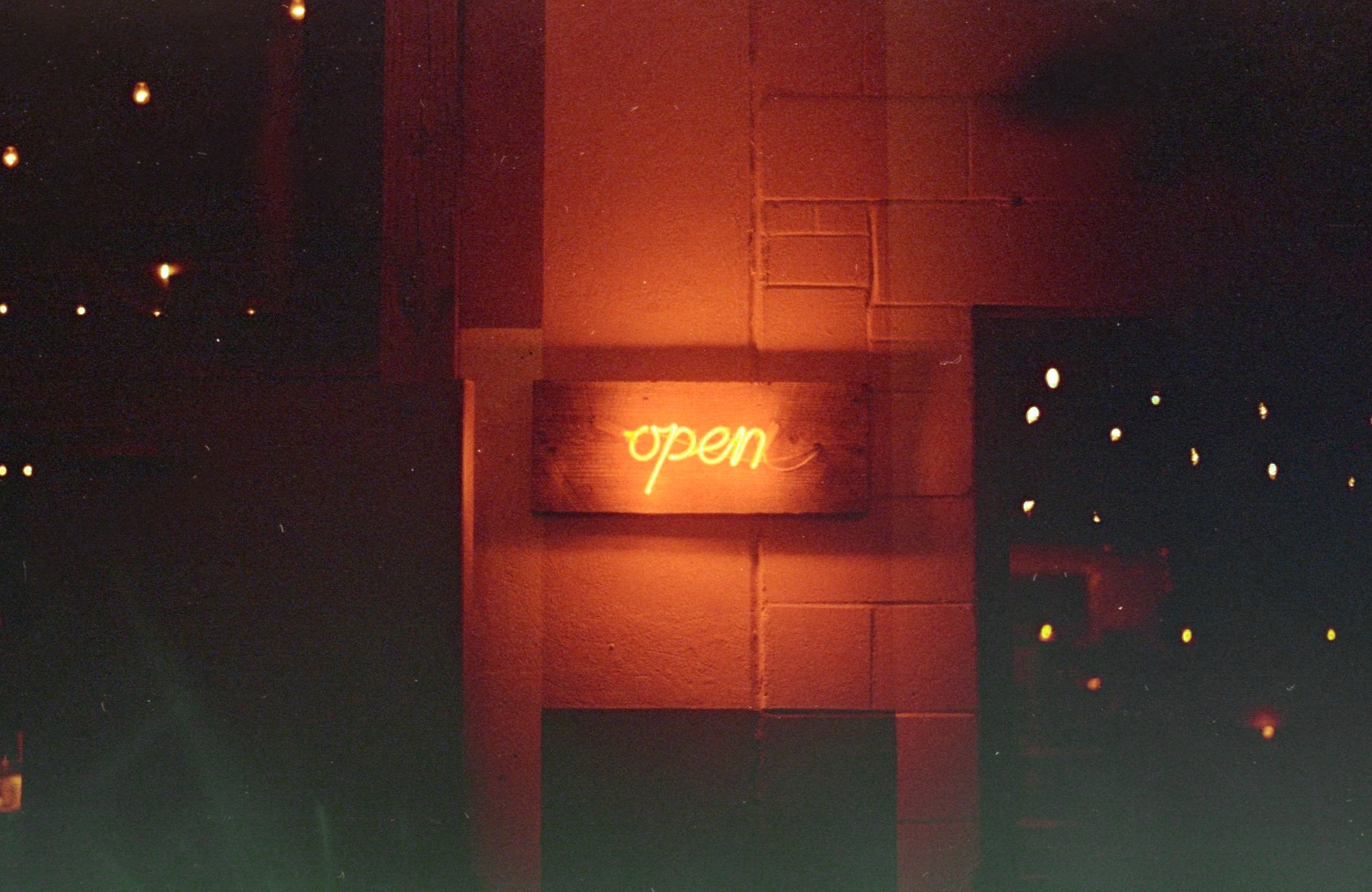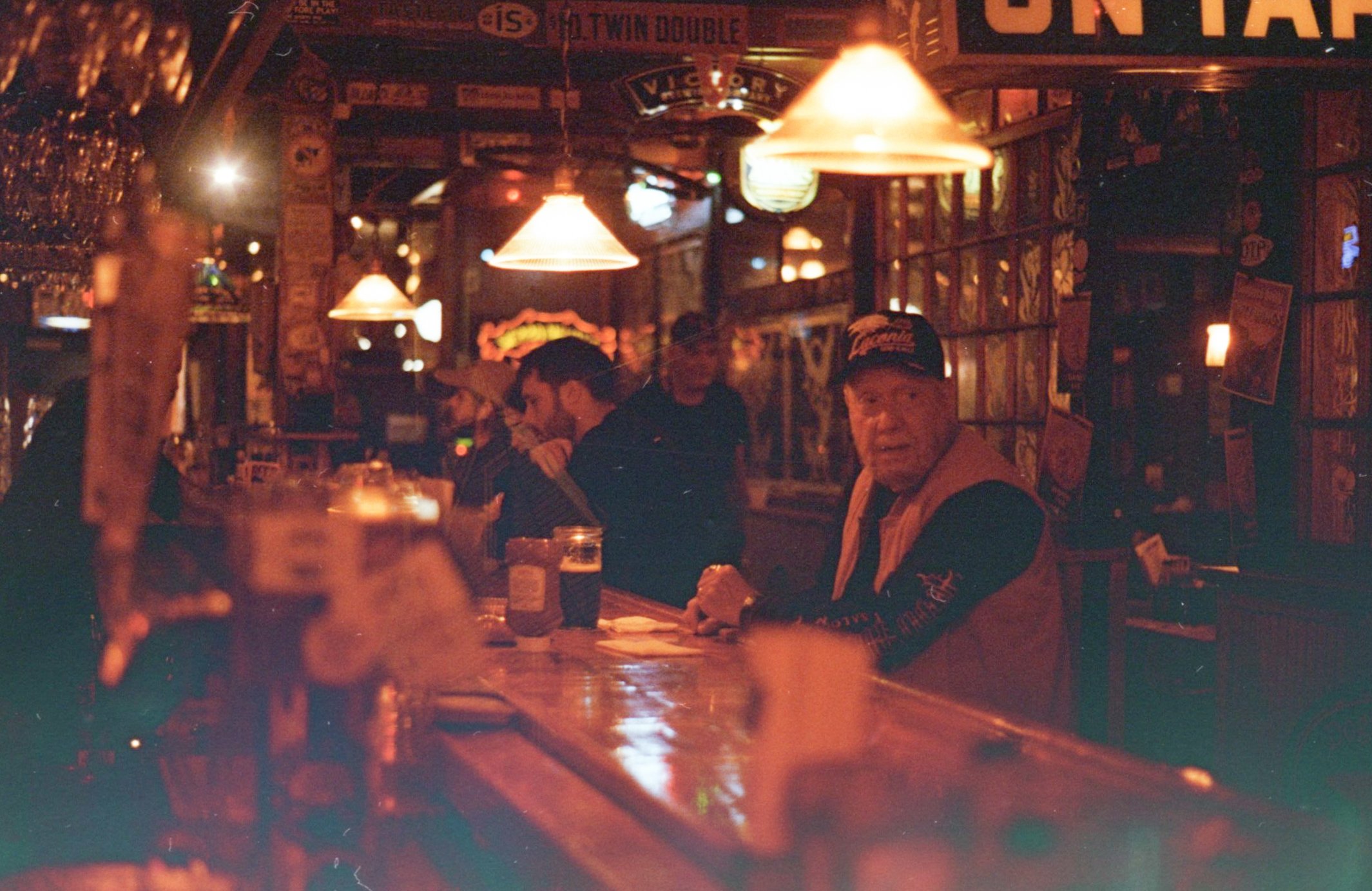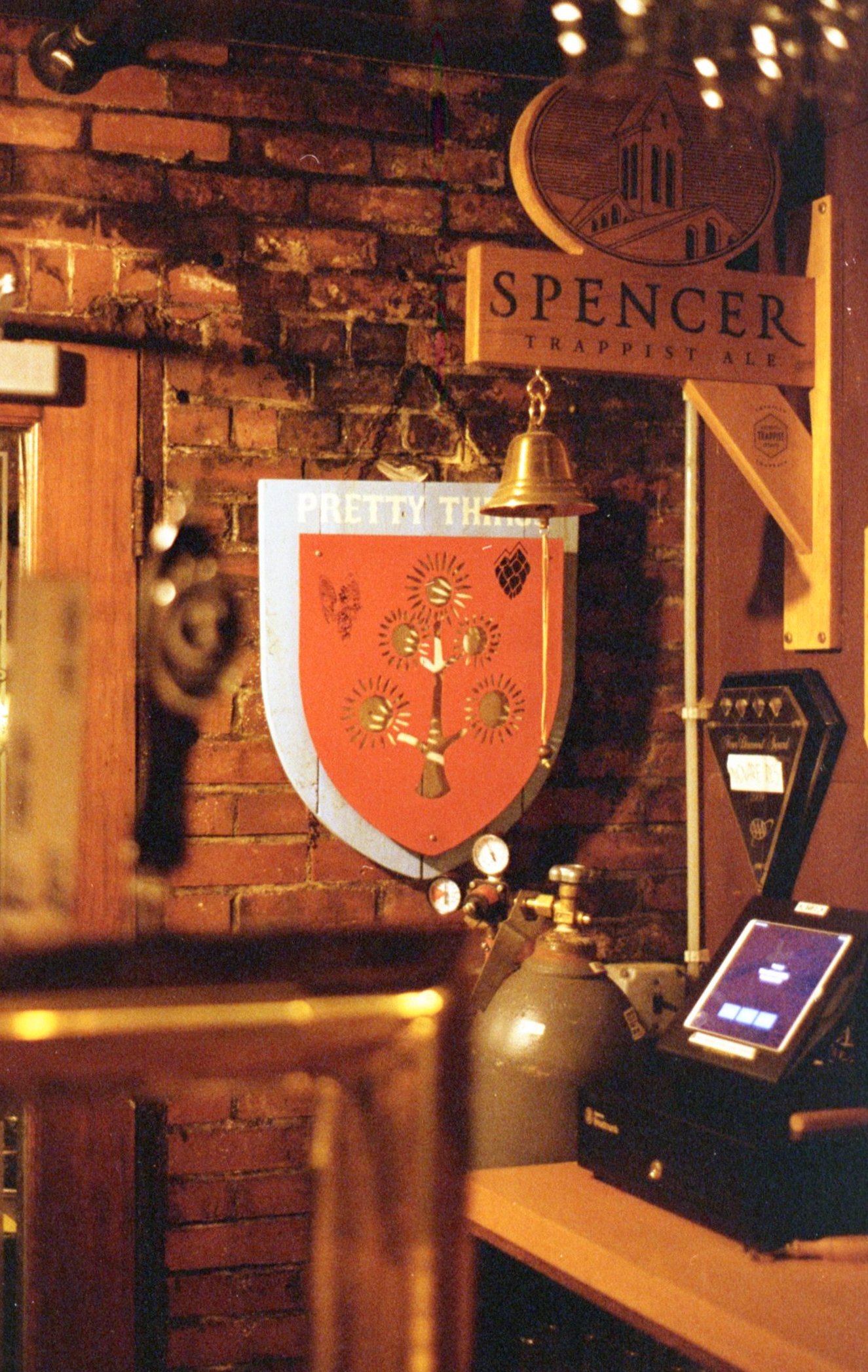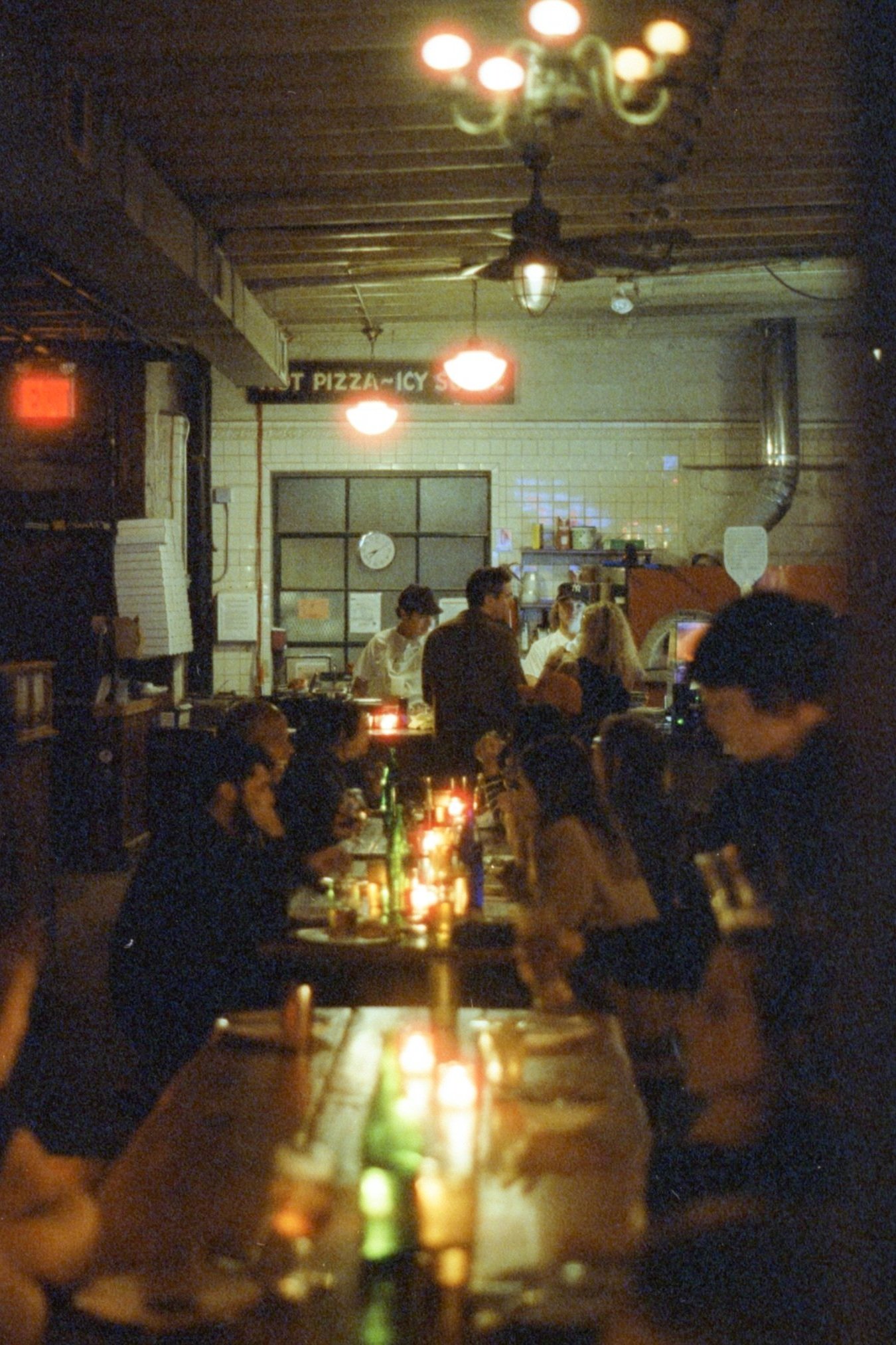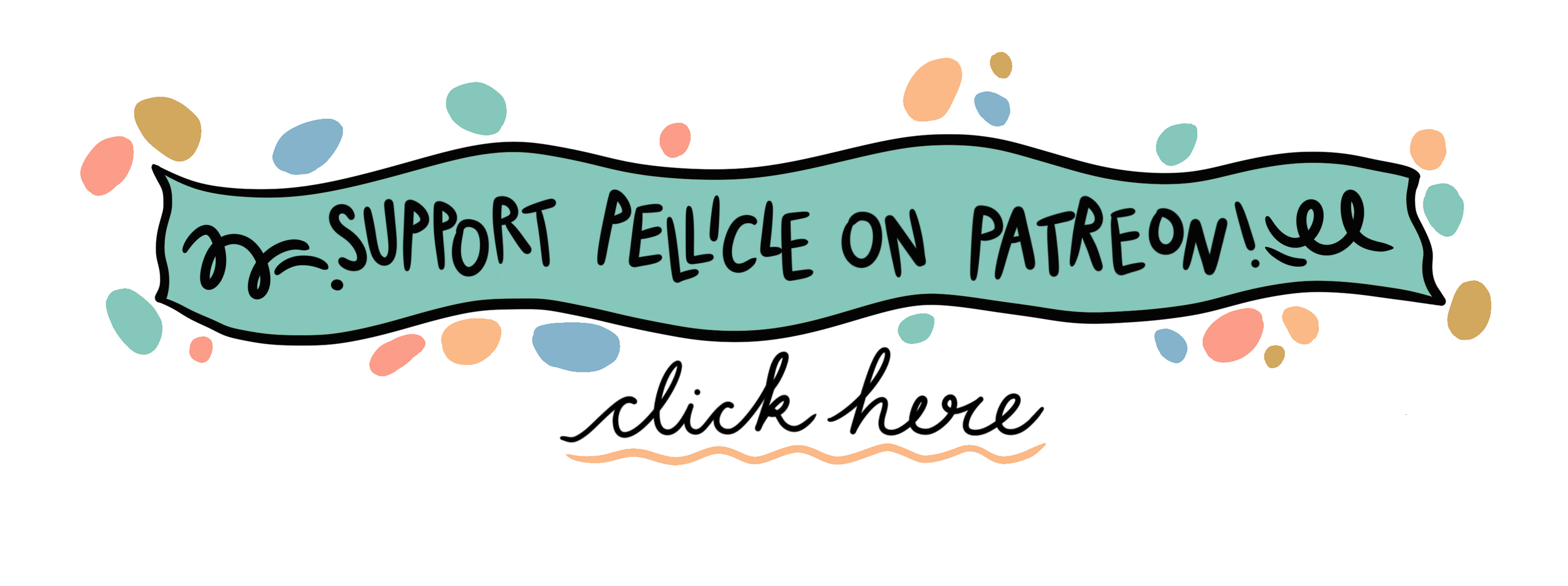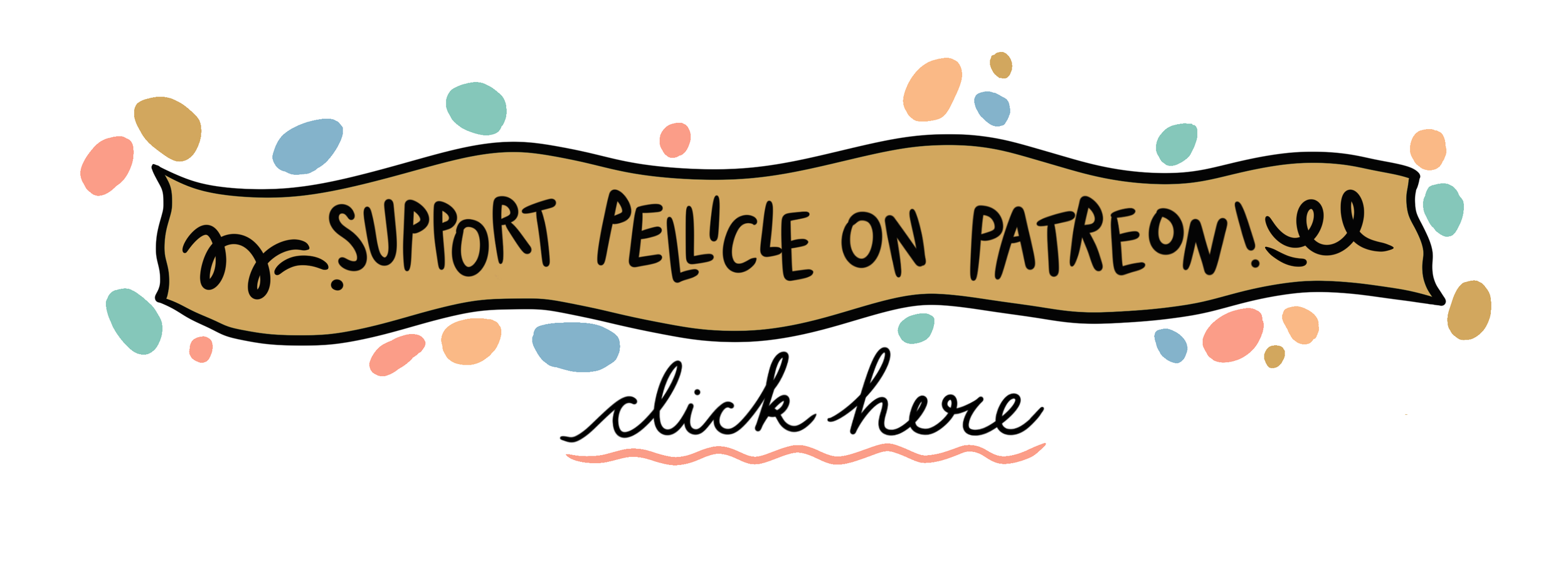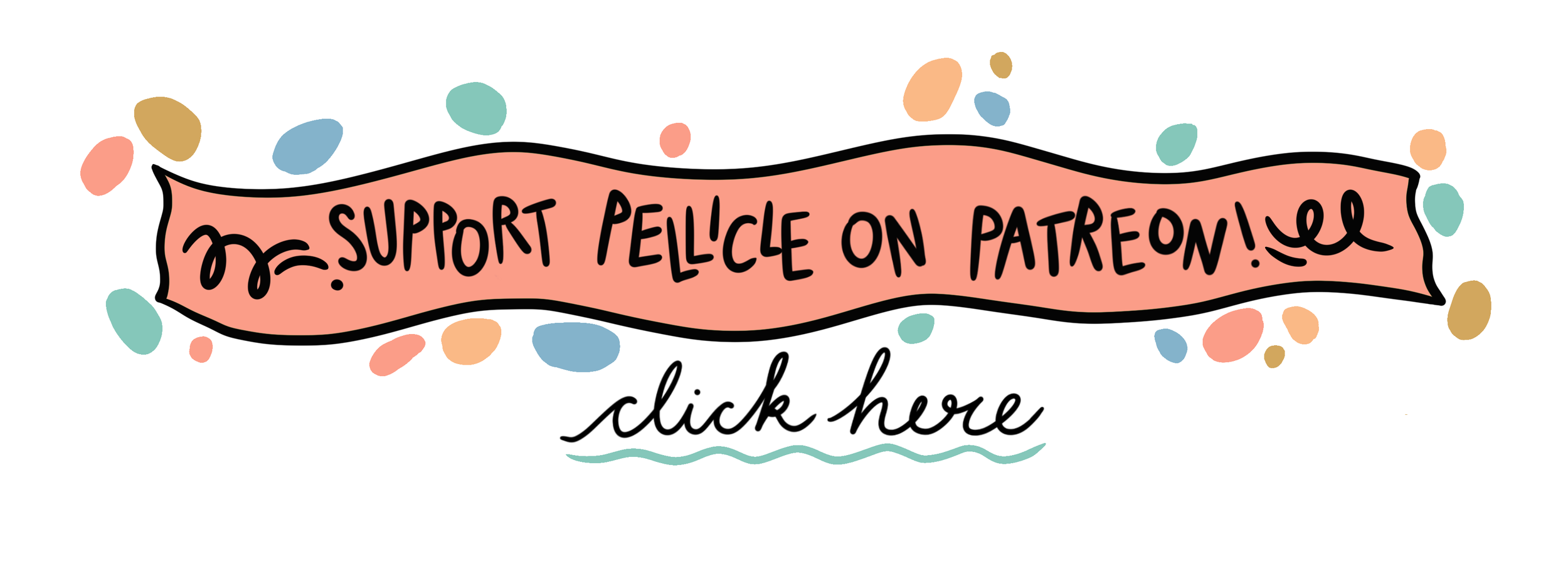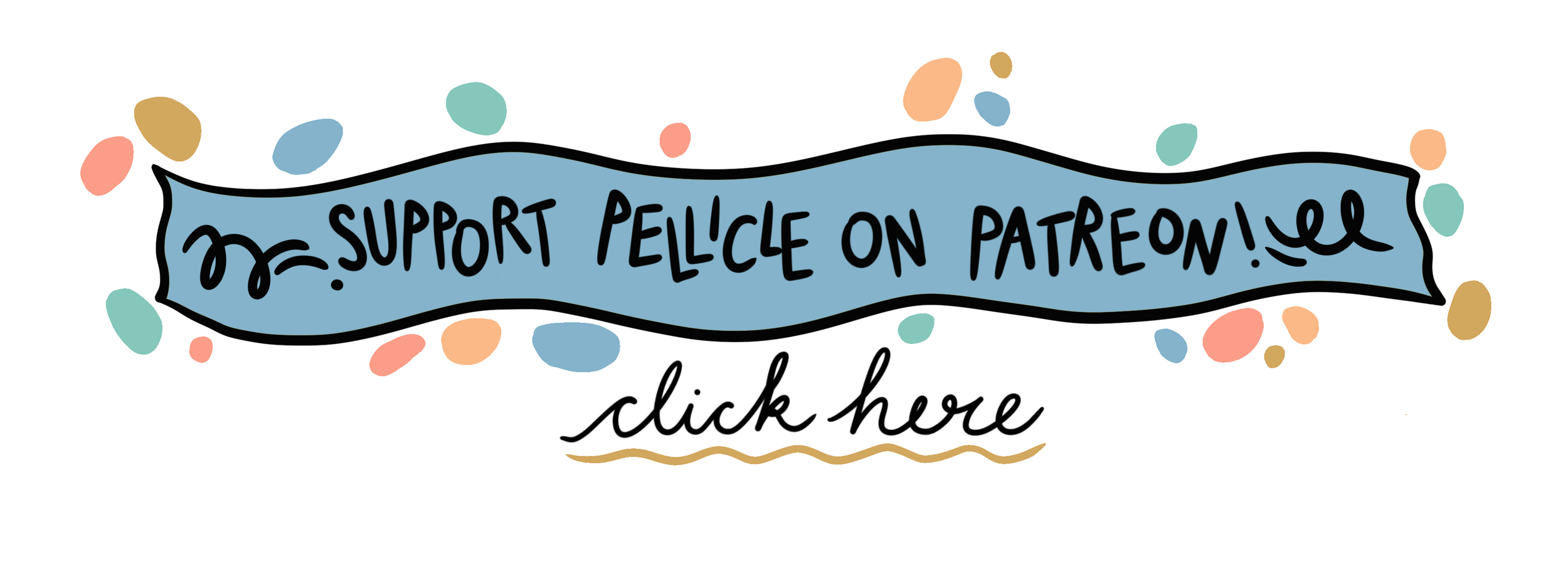To Maine, With Love
I travelled to Maine to see if I could find something.
At the end of September 2023, I boarded a flight to Boston from London, read Casey Plett’s Little Fish on the plane, cried when I finished it, drank a tequila and tonic, and touched down in the U.S. for the first time in four years.
My plan had been to—similarly to my last trip in 2019—spend a few weeks in America, hopping from state to state, brewing a few collaboration beers with breweries I’ve been wanting to work with for some time, and visiting a few that inspire me. Unfortunately—such is the way of running a small business with an even smaller team—I couldn’t justify three weeks away when a lot of my brewery’s daily operations remain my responsibility.
Photography by Lily Waite
I had, at the point of realisation of the above, already made one commitment, however. I’d reached out to my favourite brewery, Allagash in Portland, Maine, to ask if I could visit, and spend a little time learning from them. They had, much to my surprise, graciously said yes.
Running a small business is never easy. It never has been, though running a beer business—be it brewery, distributor, pub, bar, bottleshop, or whatever else—has perhaps never been harder. You know the score: raw material costs increasing; rents, interest rates, utilities all rising; consumer spending falling. Beer is a luxury and our ability at large to afford that luxury is dwindling, and the market is crowded.
This combined with a perpetual push and pull relationship I have with beer means I struggle periodically to see the meaning in what I do at best, and at worst understand why I remain working in beer—in any sense—at all.
I often find it difficult to reconcile the varied and far-reaching injustices of the world with my career choice, wondering how simply making beer can make a difference when genocide is taking place, or when trans people’s lives are continually under threat around the world. I often forget that food and drink experiences can be as important and moving and impactful as art or writing, the two other facets of my career that often lie neglected in service of running the brewery. I forget that what we do makes a difference—from the incidental impact of producing a nice beer to the longer lasting and meaningful effects of our visibility and representation.
In season two, episode three of the Disney+ restaurant drama The Bear, chef de cuisine Sydney eats at a number of Chicago’s best restaurants in the hope of gleaning inspiration for her own. She eats a hyped breakfast sandwich, short rib hummus, pepperoni pizza, noodles and dumplings, a sundae, and more. Inspired by the show’s culinary producer Courtney Storer’s own research trips, whose aim was also simply to “be around the community,” Sydney was learning through both observation and consumption, gleaning inspiration from people doing interesting and creative things.
Later, Marcus, the show’s sweet and prodigious pastry chef, flies to Copenhagen for a stage at an unnamed Noma-esque fine dining restaurant, and inconvenience-turned-maître d’ Richie stages at a local Michelin-starred restaurant not dissimilar to Chicago’s famous Alinea. They have different experiences, but both leave enriched and enlightened, even after only a few days.
I fancied the same. I wanted to immerse myself in a beer culture similar, but different to ours—as well as spending time at Allagash I wanted to drink my way through beer cities, not for the merriment nor inebriation, but to experience the culture in which I have immersed myself by virtue of my career choices.
I wanted to tour a whole bunch of spots to garner inspiration for my own beers, my company, some potential future physical space. I hoped to spend a few days in a lauded brewery and learn by osmosis, spending time with brewers far more talented, skilled, and knowledgeable than I, sales and marketing staff with combined decades more experience, and people whose conjoined efforts create beers that I truly love.
And so, I found myself at Allagash. Until the moment I pulled past the airstream out front and stepped inside, I hadn’t actually considered that I would visit. When asked by founder Rob Tod’s PA Jenny Alfrey, who kindly put my day’s visit together, what I was looking to learn there, I didn't know how to answer.
The truth is, I wasn’t looking for anything in particular; there was little I could come to learn in a few hours from a brewery that produces over 100,000 US barrels of beer a year when I’ve produced around 700 this year. There was no insight I could gain into how to scale up my business when our sizes were so incomparable or how best to brew around the clock when I brew a couple of times a month. No—I was just looking to learn to love beer a little more.
Allagash White is my favourite beer of all time. This is thanks, in part, to my friend Dave Riddile (“Party Dave” to me and apparently only me) banging on enough to pique my interest; in New York on my last trip to the States I tried it and fell in love just as he was. It is a truly perfect beer, the balance of the spices matched perfectly by the fluffiness of the body and the fleeting white head.
There is no other beer that brings me as much joy or contentment—hell, I even designed one of my brewery’s core beers in homage to it, and continually use it as a lodestar for its quality—and I figured if there was anywhere that was going to remind me of why I love beer, it would be at its home. It’s an inspiration, too; it took years for founder Rob Tod to make headway in converting a local market to this then-little-known style.
And so I spent a day with Allagash. The experience was insightful, inspiring, and I’ll cherish it for a long time. I’ve never come across a group of people so thrilled to be doing what they do, so eager to welcome me into their place of work, or to share what they do so readily; everyone was kind, gracious, and warm.
I learnt—technically speaking, very little in the end—though I spent time with the production, lab, and marketing teams, my ideas of coming away equipped with more knowledge than when I entered were mere folly, given that my visit was eight hours or so.
I did, however, experience the strongest feeling of joy and wonder I’ve ever felt at a brewery. I giggled like a child at more than one point, gazed with eyes wide open at innumerable sights (including the incredibly cool keg-inverting robot arm—whose tender touch as it affixed the keg cap was strangely moving), and undoubtedly gushed at anyone who would listen. I brought the team a gift of a handmade vase and some of my own witbier, and left with more merchandise than was sensible.
The other beer experiences on this trip were enjoyable, too, if only a couple were particularly memorable—drinking pale Czech pilsner at Notch Brewing was an incredible experience, purely due to the deliciousness of the beer itself—but it certainly wasn’t what I had, perhaps naively, set out to achieve across the week.
Despite my efforts, I am frequently a self-conscious and awkward solo traveller—I often fear that familiar feeling of being awkward and out of place without company. I enjoyed drinking beer at Night Shift and Lamplighter in Boston, and at Top Hops, a bottleshop in New York (coincidentally the same spot where I first tried White, above), but these were mundane, even if those I met over the bar were charming—with the exception of Notch, where the beer was so perfectly-executed and delicious nothing could mar the experience, these visits were swift.
The same could not be said for when I was with friends, however. Pint after pint of fluffy, glorious, phenomenal White in Portland, at first Great Lost Bear—the first account to pour the beer back in 1995—and then Novaré Res Bier Cafe; grisettes and dry-hopped pilsners washing down duck fat poutine and chowder at Oxbow; cans of Dyke Beer’s incredible saison at happy hour with the brewery’s founders at lesbian bar Cubbyhole in New York’s West Village, then beers at historic gay bar Julius’ learning of its wild and varied past; pales and lagers and quiet, deep, fulfilling conversation with a friend at Grimm in Brooklyn.
Memorable and moving food and drink experiences, whether round the corner from your home or halfway across the world, are rarely encountered alone. Whether sharing the brief and instant reverie elicited by a first sip of an amazing beer, or the guttural approval of a dish so sublime, these mediums are inherently social. Even at Allagash’s brewery, where my wonder at being in a space I found so inspiring, that joy and delight was reflected back at me by those I was with.
I set out to return home with a neatly packaged, letterboxed video montage of me drinking beer in some of the best venues in cities halfway around the world and learning untold truths from passionate and hardworking people. Armed with knowledge and insight and inspiration, I would come back to Queer Brewing refreshed and eager to push the brewery forwards. Though that was obviously—now—an impossibility, what I did leave with was something entirely intangible and reluctant to be defined.
Beer, we know, is people. It is made by people, sold by people, consumed by people; it is arguably the world’s most social (and likely, paradoxically, most antisocial) drink; its home a hostelry or gathering. For me and my brewery it is community: networks of friends, colleagues, and peers, and the LGBTQ+ community that we sit in and that surrounds us.
Visiting Allagash, and enjoying the privilege of travelling all over to drink delicious beers with big-hearted people, reminded me of this. It reminded me why I fell into this industry in the first place and why I continue down the path I’m on now. It showed me a template of a beer business with people at its centre and perseverance as its standard, and filled me with joy and wonder when I probably needed it most. And I got to close my eyes and take a moment for myself each time I took a sip of White. Of which there were, of course, many.






